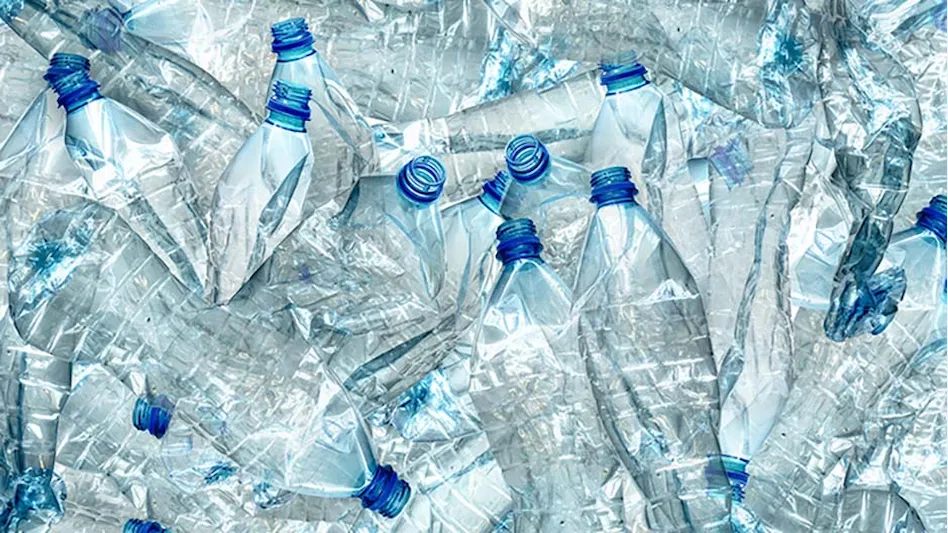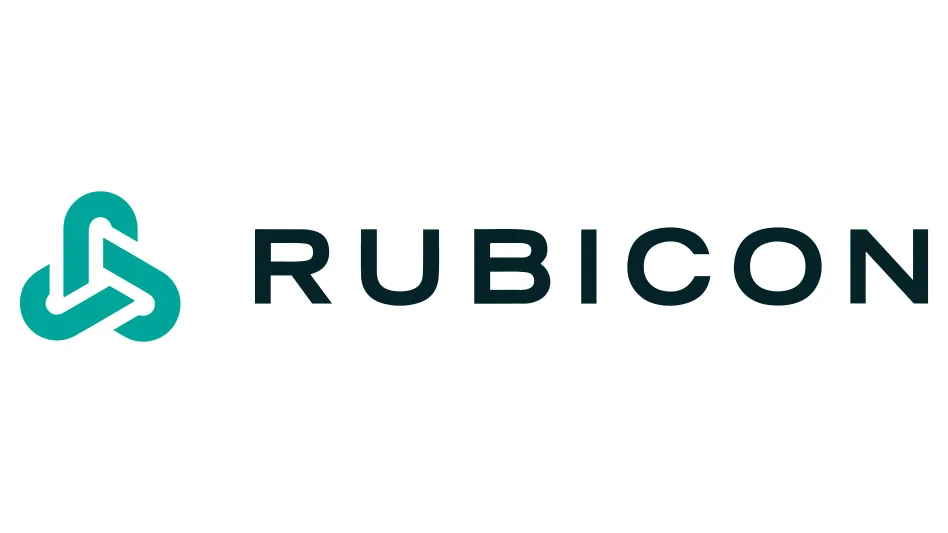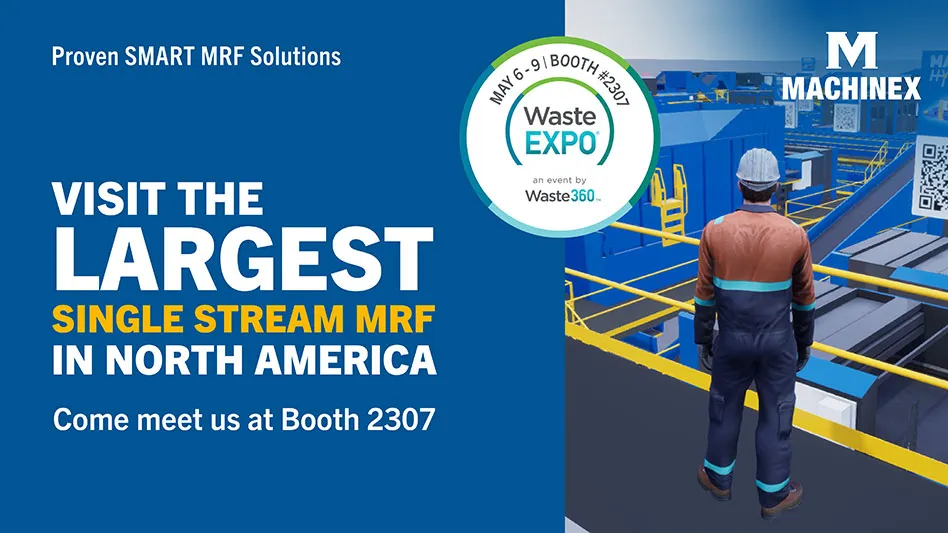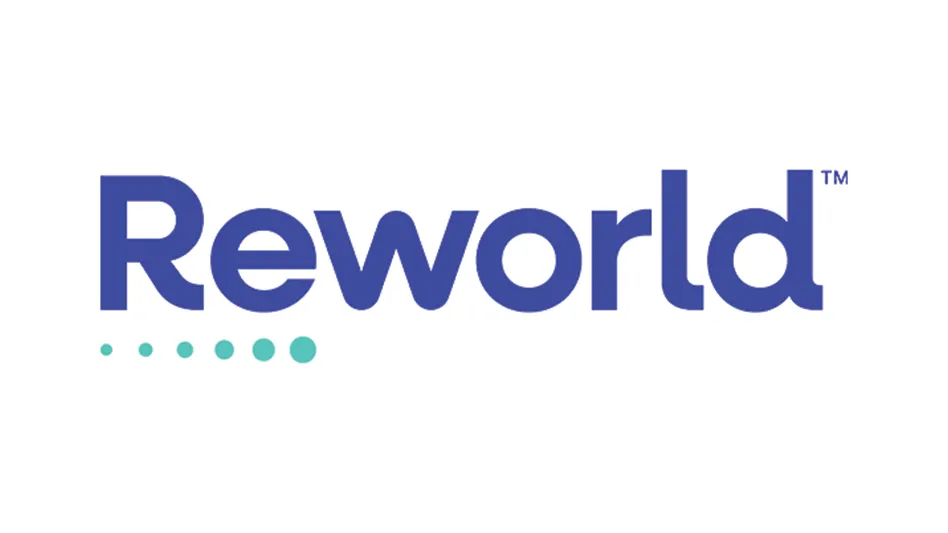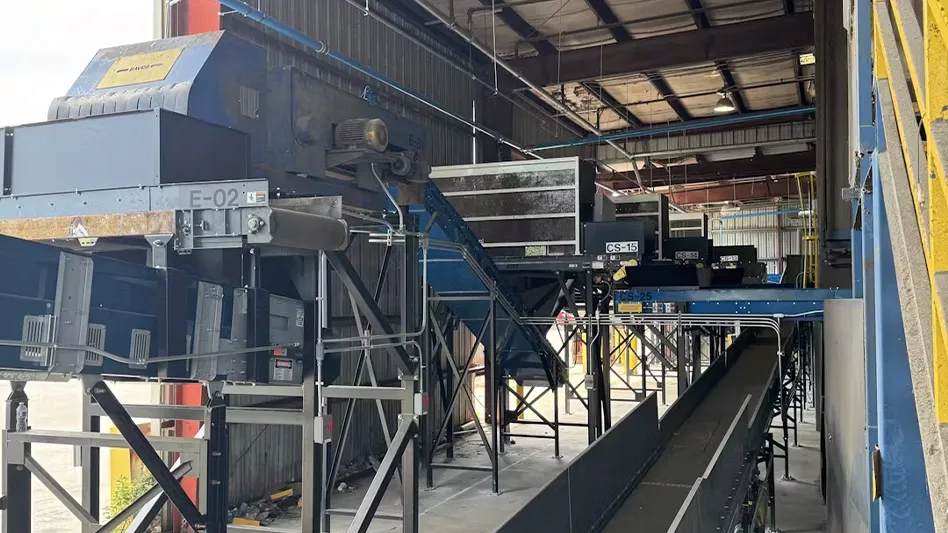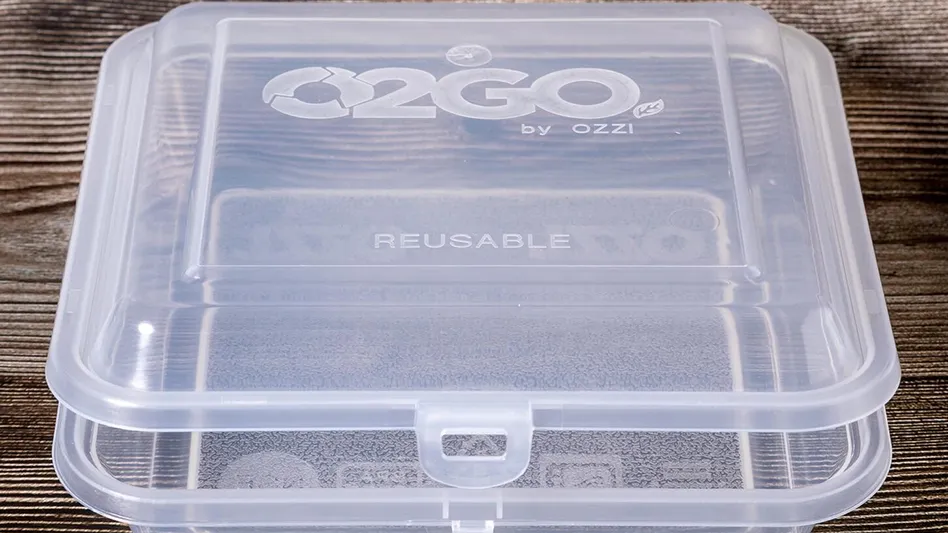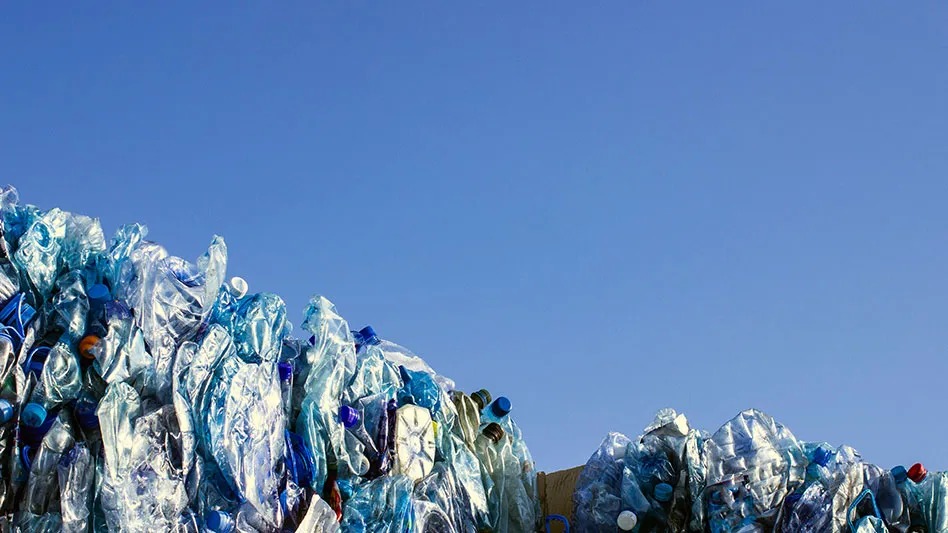
Torkhov | stock.adobe.com
New data released today by the Association of Plastic Recyclers (APR) and the Institute of Scrap Recycling Industries (ISRI), both based in Washington, and the New Hampshire-based U.S. Plastics Pact show slightly more than 5 billion pounds of postconsumer plastics were recovered for recycling in the United States in 2022, a decrease of 1.4 percent, or 71.2 million pounds, from 2021.
However, U.S. reclaimers acquired 21.4 million pounds more U.S.-sourced postconsumer plastic compared with 2021, for a total of 4,307.8 million pounds, or 85.9 percent, of the total.
The data, prepared by Sonoma, California-based Stina Inc. based on surveys conducted by Stina and the National Association for PET Container Resources (NAPCOR), detail U.S.-sourced postconsumer plastic recovered for recycling and can be accessed at the 2022 U.S. Post-consumer Plastic Recycling Data Dashboard.
At 93.7 percent, the majority of the plastics collected for recycling in 2022 in the U.S. stayed in North America to be processed and remanufactured into new products. Exports overseas fell to 6.3 percent. In 2013, 30.6 percent of the plastics collected in the U.S. were exported overseas, according to Stina.
Film was the most exported category of plastic at 13.7 percent.
Of the 5 billion pounds of plastics recovered in 2022, bottles accounted for 2,784 million pounds, or 55.5 percent, of the total; nonbottle rigids made up 1,111.8 million pounds, or 22.2 percent; film totaled 1,110.3 million pounds, or 22.1 percent; and “other plastics” totaled 11 million pounds, or 0.2 percent.
Stina says “other plastics” excludes foam but includes wovens, nonwovens and other flexible products and packaging that are not included in any of the other major categories, adding that the category will be delineated further and reported as participation in the survey increases in future studies.
Of the bottles collected in the U.S., 96.5 percent of polyethylene terephthalate (PET) bottles were recycled in North America, while that number was 98.4 percent for high-density polyethylene (HDPE) bottles and 97.6 percent for polypropylene (PP) and other bottles.
The overall 2022 bottle recycling rate was 27.8 percent, down from 29.3 percent in 2021, Stina says. With 6,599.4 million pounds of resin going into PET Bottles and 1,910.8 million pounds recovered for recycling, the PET bottle recycling rate was 29 percent in 2022. With 3,127.2 million pounds of resin going to produce HDPE bottles and 847 million pounds recovered for recycling, the HDPE bottle recycling rate was 27.1 percent in 2022.
HDPE bottles saw the largest decline in collection, with 80.4 million pounds less collected in 2022 compared with 2021, which was attributed to the application of new bale audit data that reallocated material to other categories, Stina says. Collection volumes for PET bottles decreased by 25 million pounds, while recovery of PP and other bottles decreased by 1.7 million pounds, according to Stina’s report.
While the reported volumes of nonbottle rigids and film remained steady or increased in 2022 compared with 2021, the volumes of bottles and other plastics decreased.
Nonbottle rigid plastic volumes increased by 40.8 million pounds, with an 88.4-million-pound increase by North American markets offset by a 47.5-million-pound decrease in export to overseas markets. This increased the percentage of nonbottle rigid plastics staying in North America to 93.2 percent from 88.5 percent in 2021. Stina attributes the increase largely to increased polypropylene, or PP, recovery reported from commingled/other collection (i.e., curbside collection or drop off) and from commercial source-separated or special collection streams.
At 107.1 million pounds, bottles had the largest decrease, with contractions seen across all bottle categories (PET, HDPE and PP and other bottles). Film had a slight increase overall, though it saw large increases and decreases in individual categories, Stina says.
“The report reflects what was happening in the manufacturing sector and broader economy during 2022,” ISRI President Robin Wiener says. “Inflation added pressure on consumer goods and markets using recycled plastic, which led to a contractionary period as measured by Purchasing Managers’ Index (PMI). Less consumer consumption led to less manufacturing and ultimately lower collection volume for certain products. It is encouraging that U.S. reclaimers processed 21.4 million more pounds in 2022 than the previous year.”
“This data is an important benchmark for our industry, finding North American recyclers kept over 5 billion pounds of plastic out of landfills in 2022,” APR President and CEO Steve Alexander says. “We know we can grow these numbers. APR’s recycler members have the capacity to recycle more material today if they could just get more supply through collection programs. At the same time, the proliferation of new, inexpensive virgin plastic often undermines the demand for recycled materials.
We need state and federal policies that ensure minimum recycled content standards for recycled content to advance circularity for plastic.”
Emily Tipaldo, U.S. Plastics Pact executive director, says, "Transparent reporting is crucial for tracking progress and identifying gaps toward a circular future. When reclaimers and other links in the value chain demonstrate self-accountability, it communicates their commitment and integrity toward this collective vision.”
Latest from Recycling Today
- Ascend Elements, Call2Recycle to offer customized EV battery services
- Novelis quarterly, full-year net sales down; CEO reports ‘strong improvements’
- Meeting the decarbonization challenge
- Cyclic Materials expands leadership team
- Paper cup acceptance at US mills reaches new milestone
- EPA announces $3B to replace lead service lines
- AMCS showcasing Performance Sustainability Suite at WasteExpo
- New Way and Hyzon unveil first hydrogen fuel cell refuse truck
